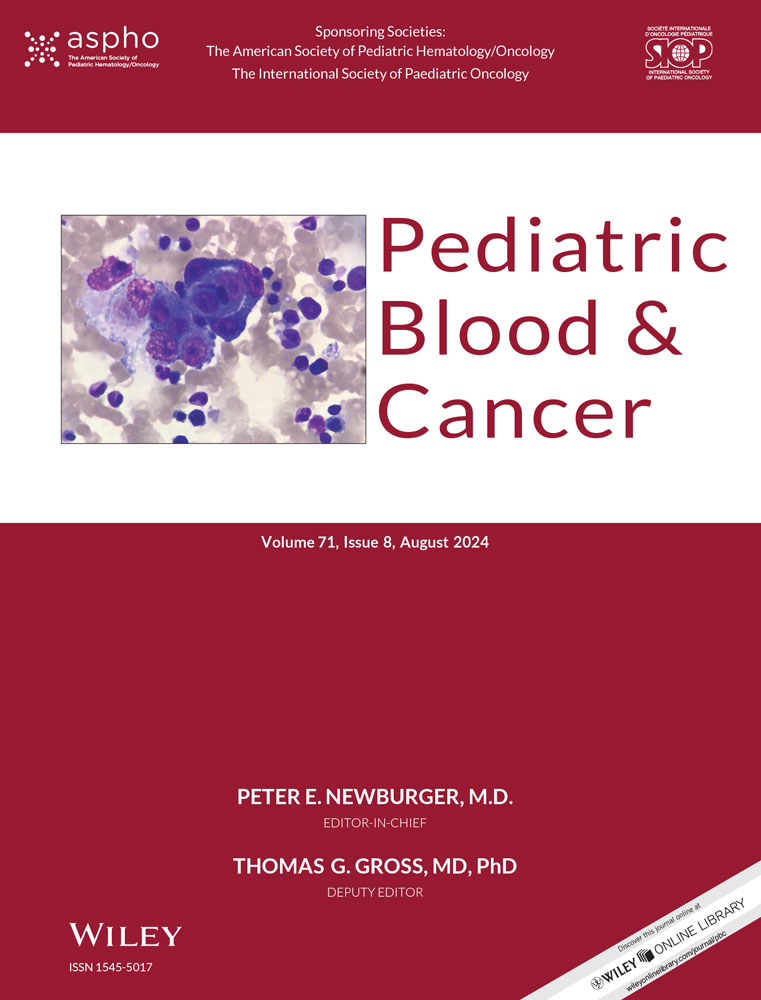Long-term combination therapy with metformin and oxymetholone in a Fanconi anemia mouse model
Abstract
Fanconi anemia (FA) is a disease caused by defective deoxyribonucleic acid (DNA) repair that manifests as bone marrow failure, cancer predisposition, and developmental defects. We previously reported that monotherapy with either metformin (MET) or oxymetholone (OXM) improved peripheral blood (PB) counts and the number and functionality of bone marrow hematopoietic stem progenitor cells (HSPCs) number in Fancd2−/− mice. To evaluate whether the combination treatment of these drugs has a synergistic effect to prevent bone marrow failure in FA, we treated cohorts of Fancd2−/− mice and wildtype controls with either MET alone, OXM alone, MET+OXM, or placebo diet from age 3 weeks to 18 months. The OXM treated animals showed modest improvements in blood parameters including platelet count (p = .01) and hemoglobin levels (p < .05). In addition, the percentage of quiescent hematopoietic stem cell (HSC) (LSK [Lin−Sca+c-Kit+]) was significantly increased (p = .001) by long-term treatment with MET alone. The combination of metformin and oxymetholone did not result in a significant synergistic effect in any hematopoietic parameter. Gene expression analysis of liver tissue from these animals showed that some of the expression changes caused by Fancd2 deletion were partially normalized by metformin treatment. Importantly, no adverse effects of the individual or combination therapies were observed, despite the long-term administration. We conclude that androgen therapy is not a contraindication to concurrent metformin administration in clinical trials.
Highlights
- Long-term coadministration of metformin in combination with oxymetholone is well tolerated by Fancd2−/− mice.
- Hematopoietic stem cell quiescence in mutant mice was enhanced by treatment with metformin alone.
- Metformin treatment caused a partial normalization of gene expression in the livers of mutant mice.
CONFLICT OF INTEREST STATEMENT
The authors declare they have no conflicts of interest.
Open Research
DATA AVAILABILITY STATEMENT
The data that support the findings of this study are openly available in GEO at https://www.ncbi.nlm.nih.gov/geo/query/acc.cgi, reference number GSE266448.




